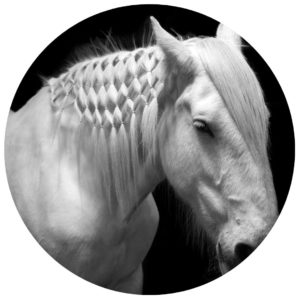Norse God Loki
In pre-christian mythologies, cultural hero can appear in many shapes and forms. They can be deceivers, tricksters, shapeshifters. They can take on the forces of creation and destruction and personify them (e.g., Hans Maden, 1990).
This very much applies to the Norse Loki, who is a known shapeshifter. Loki has three children with his mate, the Jötunn Angrboða. She gave birth to the wolf Fenrir, the serpent-monster Jörmungandr, and the ruler and queen of the Underworld, Hel. We learn about them in the Völuspa:
“Loki sired the wolf on Angrboda,
and got Sleipnir on Svadilfari;
the witch alone seemed most evil
the one that came from the brother of Byleipt.”
— Völuspá hin skamma, 40, trans. J. Lindow, 2002.

Loki is involved in the death of the solar deity Baldur and his three children are linked to the event of Ragnarök, whose powers are then unleashed.
Upon Ragnarök, Loki will come face to face with the Jötnar Heimdallr as they slay and fight each other.
Scholars have debated Loki’s role in Norse Mythology since the 19th Century and his role is still to some extent unclear. He could have been a cultural hero awaiting ‘the last Judgement’, which has significant parallels to e.g. the Greek Hermes. (e.g. Arvidsson, 2006, Kaya, 2020).




